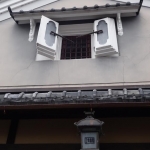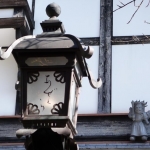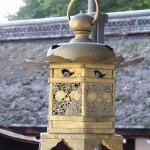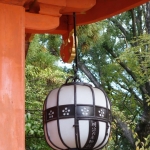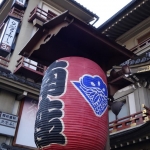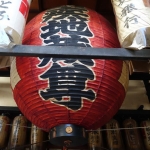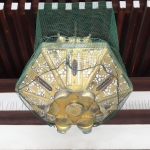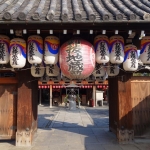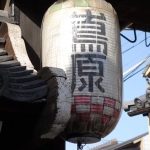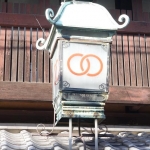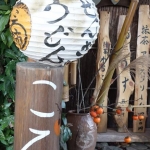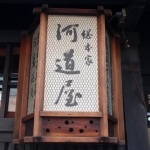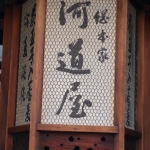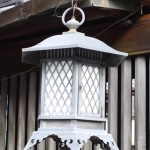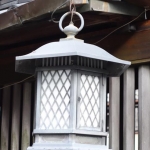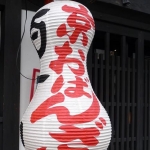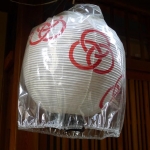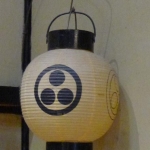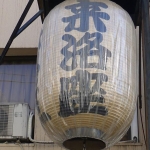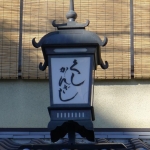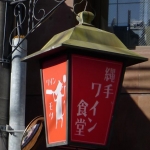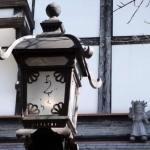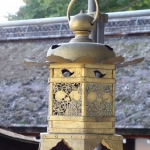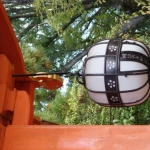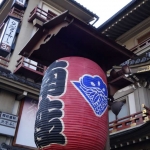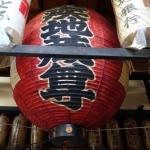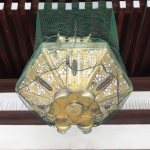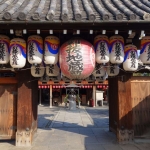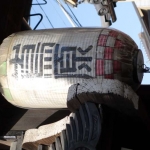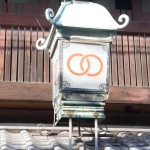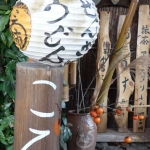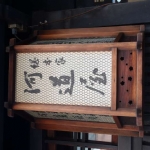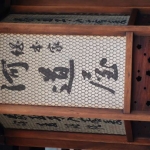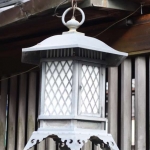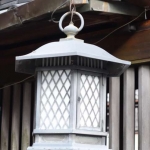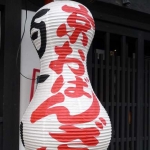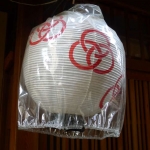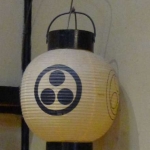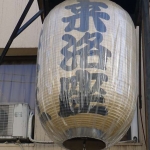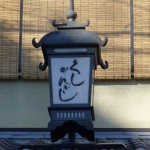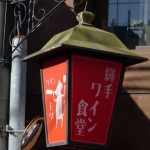Toro – Lanterns
In Japan a tōrō is a traditional lantern made of stone, wood, or metal. Like many other elements of Japanese traditional architecture, it originated in China. In Japan, tōrō were originally used only in Buddhist temples, where they lined and illuminated paths. Lit lanterns were then considered an offering to Buddha. During the Heian period (794–1185), however, they started being used also in Shinto shrines and private homes.
The oldest extant bronze and stone lanterns can be found in Nara. Taima-ji has a stone lantern built during the Nara period, while Kasuga-taisha has one of the following Heian period. During the Azuchi-Momoyama period (1568–1600) stone lanterns were popularized by tea masters, who used them as a decoration in their gardens. Soon they started to develop new types according to the need. In modern gardens they have a purely ornamental function and are laid along paths, near water, or next to a building.
Tōrō can be classified in two main types, the tsuri-dōrō (hanging lamp), which usually hang from the eaves of a roof, and the dai-dōrō (platform lamp) used in gardens and along the approach (sandō) of a shrine or temple. The two most common types of dai-dōrō are the bronze lantern and the stone lantern, which look like hanging lanterns laid to rest on a pedestal.
In its complete, original form (some of its elements may be either missing or additions), like the gorintō and the pagoda the dai-dōrō represents the five elements of Buddhist cosmology. The bottom-most piece, touching the ground, represents chi, the earth; the next section represents sui, or water; ka or fire, is represented by the section encasing the lantern’s light or flame, while fū (air) and kū (void or spirit) are represented by the last two sections, top-most and pointing towards the sky. The segments express the idea that after death our physical bodies will go back to their original, elemental form.
http://enjoy-kyoto.net/issue/issue04/kyoperson/
http://kyototsujikura.com/lantern/


